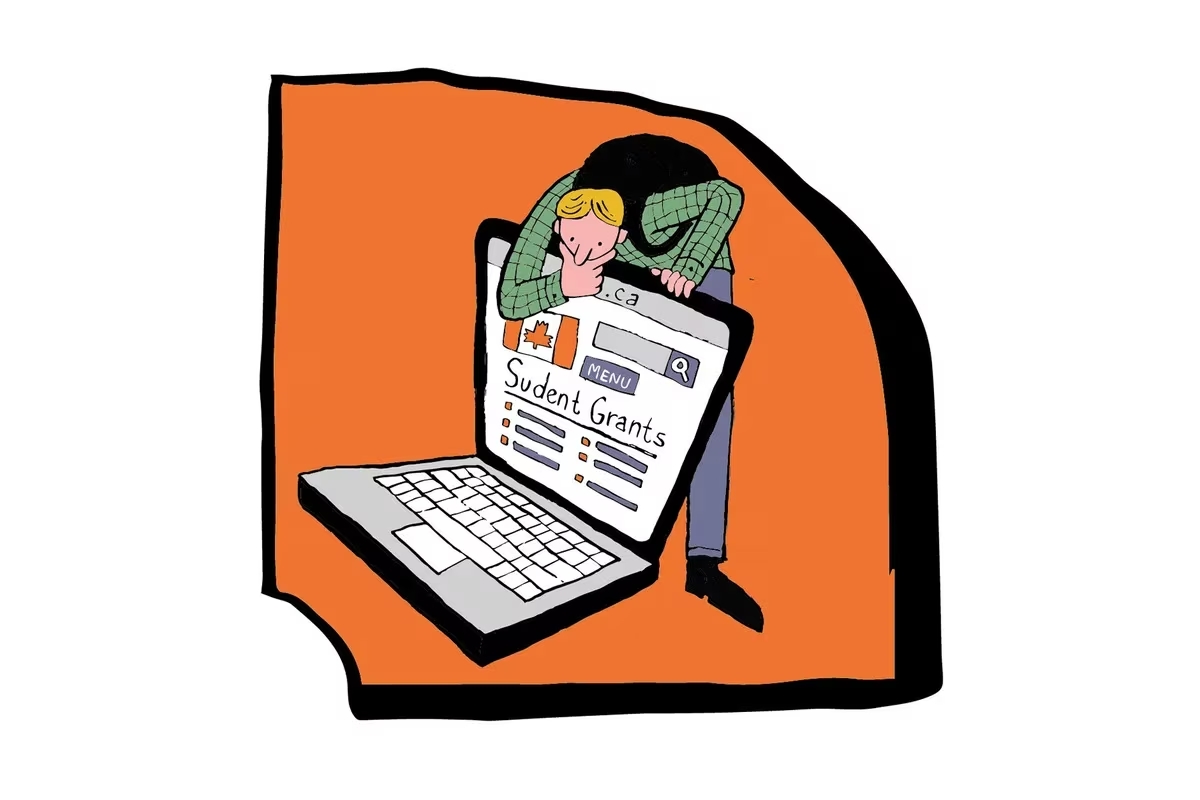If the cost of tuition wasn’t enough, inflation means attending college or university in 2023 is even pricier than expected. What’s a first year to do? This story is part of a crash course in personal finance for students and parents. Read the full guide.
Applying for financial aid can be a headache: It involves dealing with paperwork and often the fear around taking on debt.
But debt is increasingly becoming part of Canadians’ lives, and that isn’t necessarily a bad thing. Here are some tips for acing your applications to loans and grants.
Know your financial aid options
The range of financial aid options out there are “one of the biggest unknowns for students,” said Andre De Freitas, director of student support and advising at York University’s registrar’s office. There aren’t just scholarships from schools but also government loans and grants as well as sponsorship from private donors.
Those who initially get turned down for government programs such as the Ontario Student Assistance Program (OSAP) might be able to submit an appeal.
For instance, students who can prove they are not receiving financial support from their family can request to have their income assessed independently, Mr. De Freitas explained. If it still gets denied, students can discuss with their registrar’s office to set up delayed or interest free payment plans.
Outside of the universities, there are websites such as ScholarshipsCanada.com, which matches students with private donors based on their scholarship needs, and can provide up to $20,000 worth in funding, he says.
Take advantage of need-based and equity-seeking financial aid at your university if eligible
Some universities offer bursaries, interest-free loans and work study programs, said Cara Piperni, director at the McGill Scholarships and Student Aid office, in an e-mail. They may also offer funding for students from equity-seeking groups. At McGill, for example, Indigenous students are eligible for guaranteed undergraduate student funding of up to $20,000 per degree.
Apply for government financial assistance as early as possible
For most provinces, the deadline to apply is six to eight weeks before the end of the study period. But those who apply early in the summer for the fall semester can get a sense of what types of loans or grants they are eligible for and might receive the money before the first tuition payment is due, Ms. Piperni said.
Monitor your government loan balance yearly
It can be easy to forget that the money you receive from loans isn’t actually yours. To hold themselves accountable, Mr. De Freitas advises students to use the calculator tool on their National Student Loan Service Centre to verify how much debt is accruing from year to year and their timeline for becoming debt-free.
Invest even if you have student loans to repay
If students budget appropriately, they might have extra cash at the end of each month. Certified financial planner Kelly Ho says it might make sense to invest that money.
“If homeownership is a goal of theirs, eventually they’re going to own a massive mortgage,” she said. “We’re always going to have some debt on our books. And just because you have debt doesn’t mean you shouldn’t save.”
Ms. Ho said students can invest through a high-interest yielding account or, if their goals are long-term, pursue riskier investments such as mutual funds and exchange-traded funds.
Pay attention when withdrawing from courses
Withdrawing from courses is common in university when students sign themselves up for more than they can handle. But, for those who applied for financial assistance through government programs, they need to consider their academic progress to continue to be eligible.
For OSAP, failure to progress academically can include dropping to a part-time course load if you are a full-time student as well as switching programs frequently, according to Toronto Metropolitan University’s website on student financial assistance.
ANA PEREIRA
The Globe and Mail, August 25, 2023

